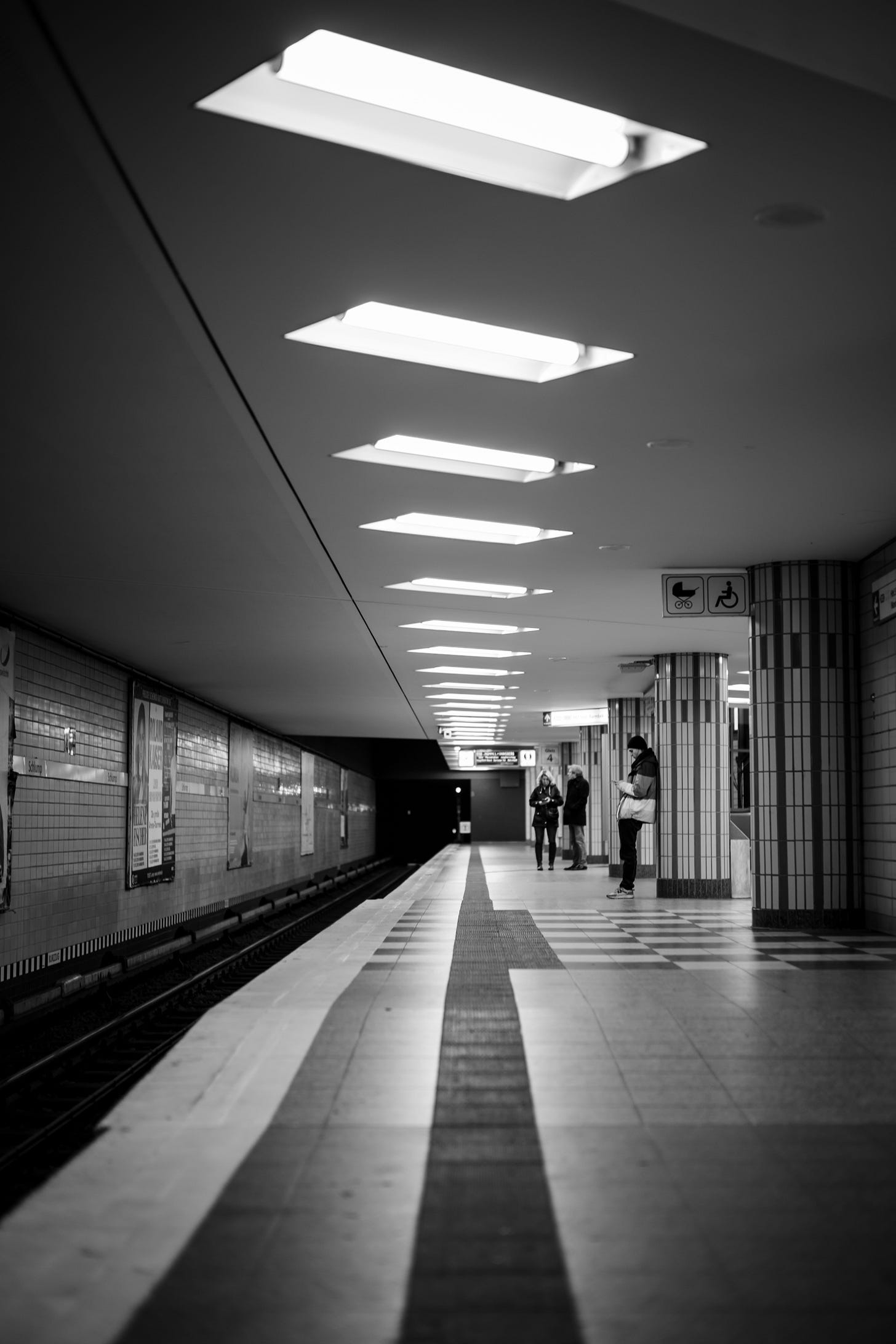It was the best of times, it was the worst of times, I had a fantastic seat in Court Philippe Chatrier at Roland Garros, my London hotel was a few steps from a rather dodgy pub called The Dolphin, a group of very friendly, very drunk England supporters rode the Tube with me on their way to Wembley Stadium, a very large, very drunk Frenchman knocked me down and kicked me in the ribs in front of the Gare du Nord, I could not for the life of me understand my bartender at a pub in Manchester, an extremely arrogant Paris waiter insisted on me ordering from the English tourist menu—in short, it was so much like the typical budget European vacation as to be worthy of only the most casual mentions.
The Paris Metro can be dangerous (don’t get on/off near Gare du Nord late at night), but the London Underground is fast becoming a summer hellscape. Many of the tunnels are quite old and were specifically designed to minimize the use of physical space. The Central Line in particular has long been excessively hot for riders. The heat generated underground comes mainly from the electricity used to drive the trains and friction from the operation of the trains’ braking systems. Many engineers have spent many years trying to find a way to vent heat from the Tube. It isn’t easy. London soils are primarily clay and have a very high thermal mass, which means that the tunnel walls can store a lot of heat for a long time. Spanish settlers in the American Southwest built homes from thick adobe (mud and straw brick) walls to take advantage of thermal mass and make Santa Fe winters more comfortable. That was clearly not the design intent of those who built the London Underground. Tight spacing between trains and tunnels makes air cooling difficult, and getting hot air out of the tunnels requires drilling ventilation shafts through neighborhoods where they are unwelcome.
Source: Openverse
In my opinion, the citizens of London will eventually have to agree to funding and supporting more substantial and invasive air- or water-cooled heat removal networks in the worst affected areas. Boring new or larger tunnels is practically a nonstarter. Venting hot air onto surface streets isn’t going to be helpful; the tunnel heat must be reused. Some recently proposed solutions offer to circulate groundwater or river water in proximity to transport channels, drawing heat from the tunnels and returning the heated cooling water to the river. Power plants and industrial facilities routinely reject heat to lakes and rivers, and the resulting thermal pollution can have adverse effects on aquatic ecosystems. A more expensive, but ultimately better scheme would be to make use of the warm, recirculated air or liquid heat transfer fluid to heat homes or businesses. Liquid cooled systems of this nature would essentially be equivalent to very large ground source heat pumps. Cooling the Tube is exactly the kind of major new public investment that will become increasingly necessary as rising global temperatures push the boundaries of previously conservative infrastructure design parameters.


